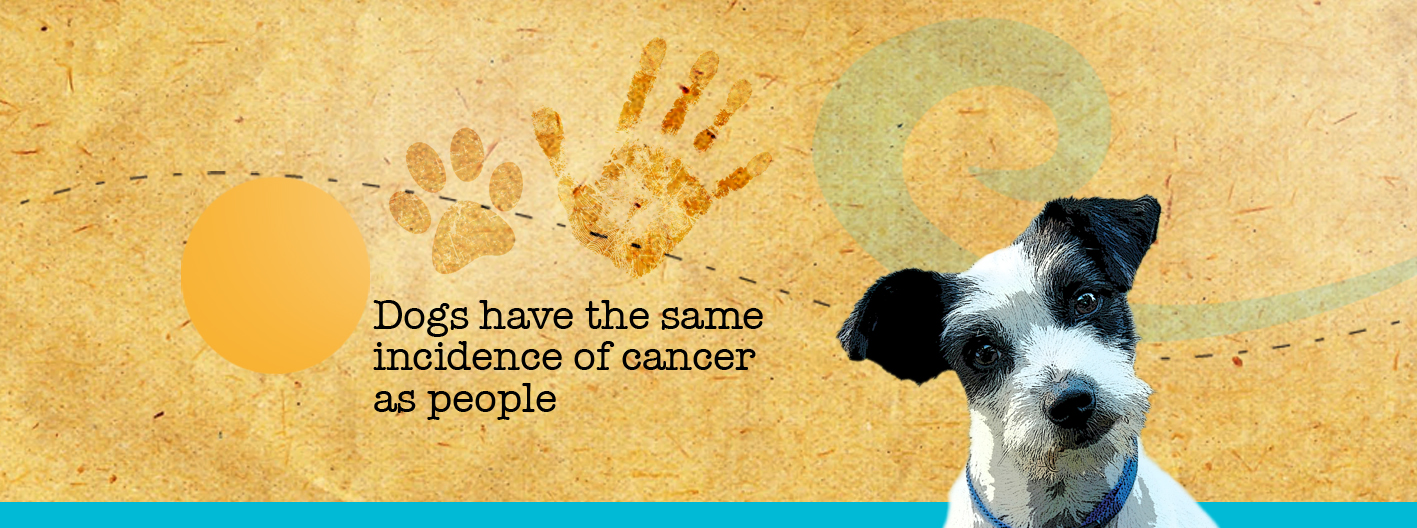
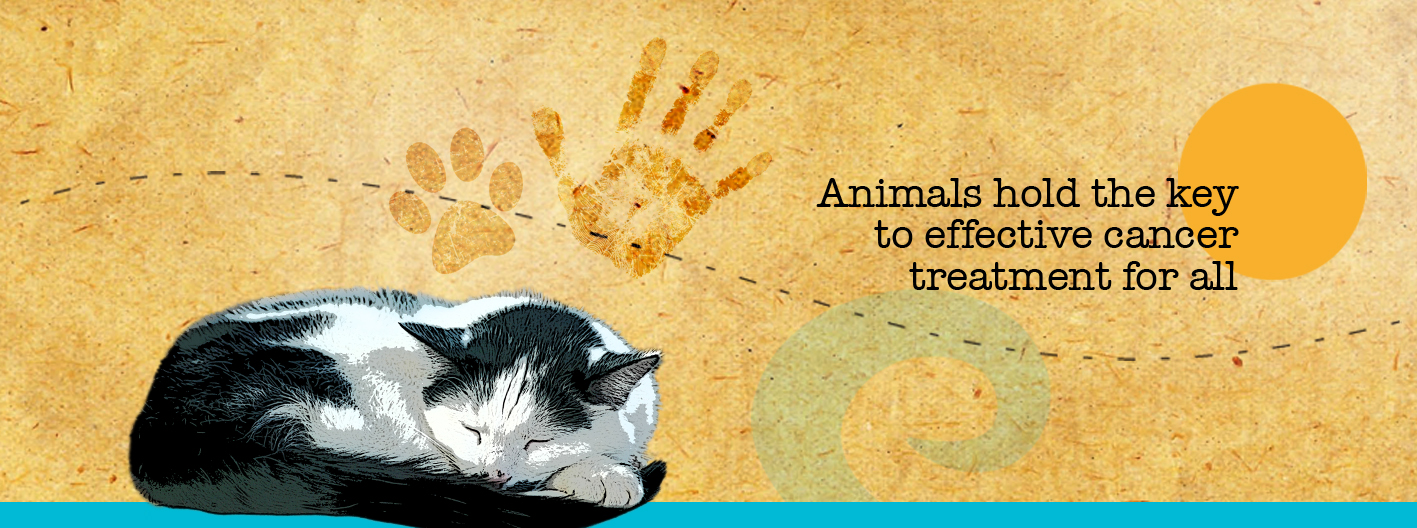
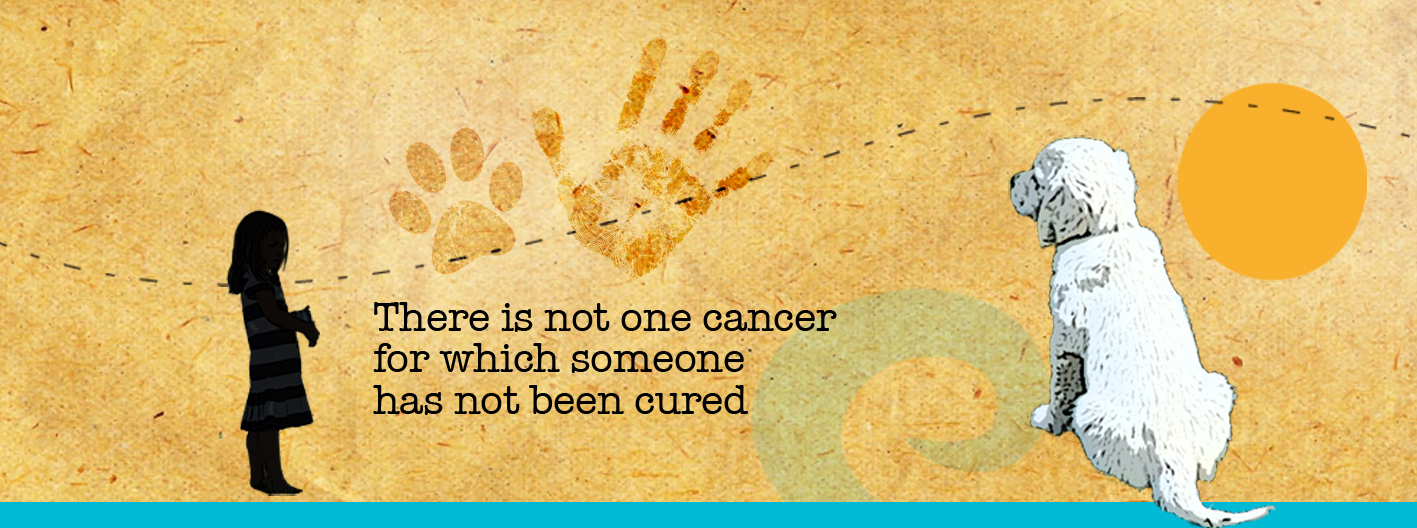
Our pets' love is unconditional – what we may not see is that they can also provide us with the answers to cure cancer. Helping them, helps us.
Research
Our cancer-fighting mission is ongoing and very important. We need your help to continue to fund this work.
ABOUT THE TREATMENTS
Approximately half of human cancer patients undergo radiation therapy and many companion animals now have access to this treatment option. There are approximately 100 facilities in the Northern Hemisphere that are actively treating animals with radiation therapy.
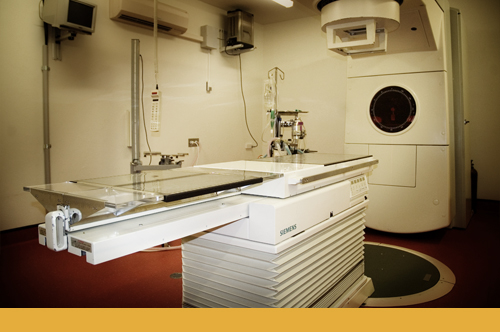 The radiation facility provided by the Foundation at Brisbane Veterinary Specialist Centre was the first dedicated Linear Accelerator for animals in the southern hemisphere. The Siemens linear accelerator (pictured to the right), funded by donations to the Foundation, continuously treated animals with cancer over a period from November 2007 to January 2023. Over 1300 patients were irradiated and the information gained from helping these pets with cancer has been invaluable generating a number of public domain publications.
The radiation facility provided by the Foundation at Brisbane Veterinary Specialist Centre was the first dedicated Linear Accelerator for animals in the southern hemisphere. The Siemens linear accelerator (pictured to the right), funded by donations to the Foundation, continuously treated animals with cancer over a period from November 2007 to January 2023. Over 1300 patients were irradiated and the information gained from helping these pets with cancer has been invaluable generating a number of public domain publications.
Now, the host site of The Foundation, Brisbane Veterinary Specialists Centre, has upgraded the radiation therapy bunker and, with corporate and private funding, installed a highly sophisticated and advanced radiation therapy system called a Varian TrueBeam linear accelerator. The Foundation is now able to look forward to incorporating the power of this remarkable medical device to further our understanding of radiation therapy applications to many more animal patients. This amazing facility escalates the trajectory of future studies to open many doors to expand our understanding and capability to fight cancer in all species.
Dogs and cats are sometimes treated with chemotherapy and often use the same drugs used to treat people with cancer. Forms of chemotherapy delivery vary and may include injection into muscles or under the skin and sometimes into body cavities or the tumours themselves, orally taken pills or capsules, or given intravenously sometimes even directed into the arteries supplying the tumour by a technique known as interventional radiography. We also use targeted drug therapy aimed at the molecular level. Drugs such as toceranib have specific molecular targets and this minimises side effects while controlling cancer in selected individuals.
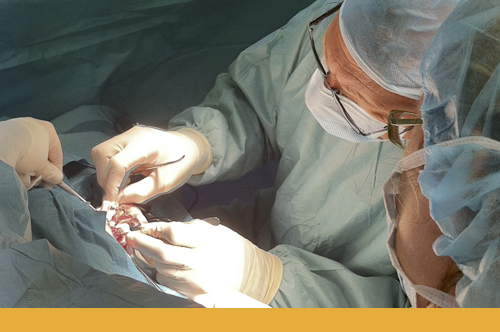 Surgery is used in animal cancer management to control or eliminate the local cancer and to improve the patient's quality of life. Surgical removal of localised cancer in companion animals cures more cancer patients than any other form of treatment. Special surgical techniques and guidelines have been developed and The Foundation supports research into innovative and promising surgery research such as 3D printed devices and endo-prostheses, light directed surgery, sentinel node detection and other new protocols on the horizon. Our surgeons are members of the Veterinary Society of Surgical Oncology.
Surgery is used in animal cancer management to control or eliminate the local cancer and to improve the patient's quality of life. Surgical removal of localised cancer in companion animals cures more cancer patients than any other form of treatment. Special surgical techniques and guidelines have been developed and The Foundation supports research into innovative and promising surgery research such as 3D printed devices and endo-prostheses, light directed surgery, sentinel node detection and other new protocols on the horizon. Our surgeons are members of the Veterinary Society of Surgical Oncology.
VALUABLE EQUIPMENT
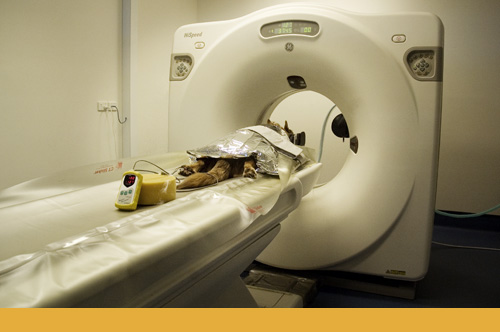 The Australian Animal Cancer Foundation funds valuable equipment and research essential to the treatment and study of cancer in companion animals.
The Australian Animal Cancer Foundation funds valuable equipment and research essential to the treatment and study of cancer in companion animals.
The publication of this valuable research is made available to researchers all over the world, fast tracking their work and collectively taking us closer to a cure.
Equipment funded by the Foundation to date includes:
- Purchase and installation of the Southern Hemisphere's first high energy radiation therapy unit dedicated to animals - Siemens 6 MV Linear Accelerator
- Purchase and installation of a General Electric multislice, helical CT scanner for provision of digital data for three dimensional treatment planning and radiation simulation. This device is also used for diagnosis and staging of cancers in animals presented to BVSC – The Animal Hospital, providing data for continuing clinical research.
- Purchase of a minus eighty degrees Celsius ultralow freezer for archiving tissue, establishment of a tissue bank, storage of tissue and fluids for research and provision of a facility for an allograft bone bank.
Helpful Links
Australian Animal Cancer Foundation is a not for profit research charity dedicated to fighting cancer and finding a cure for cancer. Our pets may hold the answers allowing cancer cures in people and our beloved pets. The goal is to find these answers.